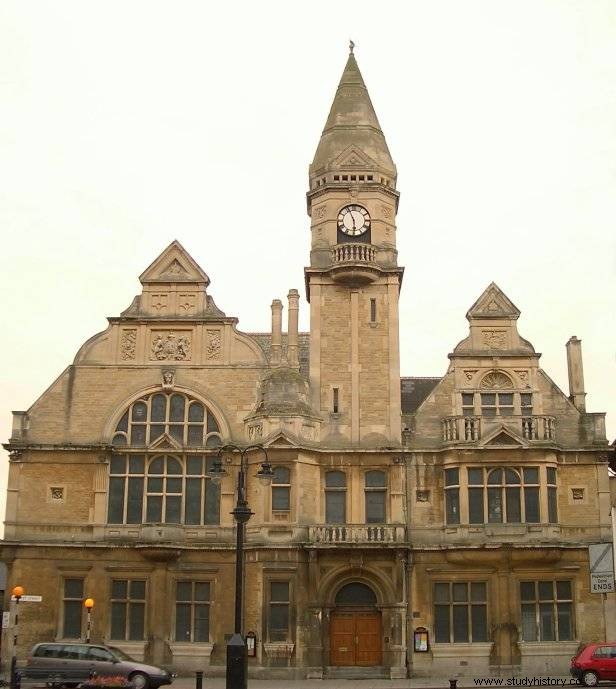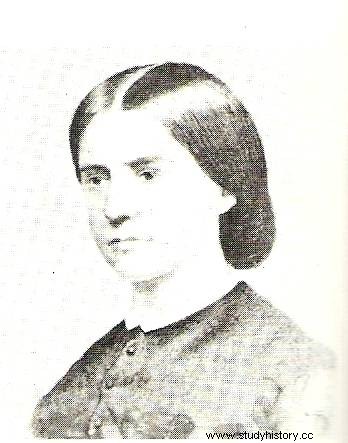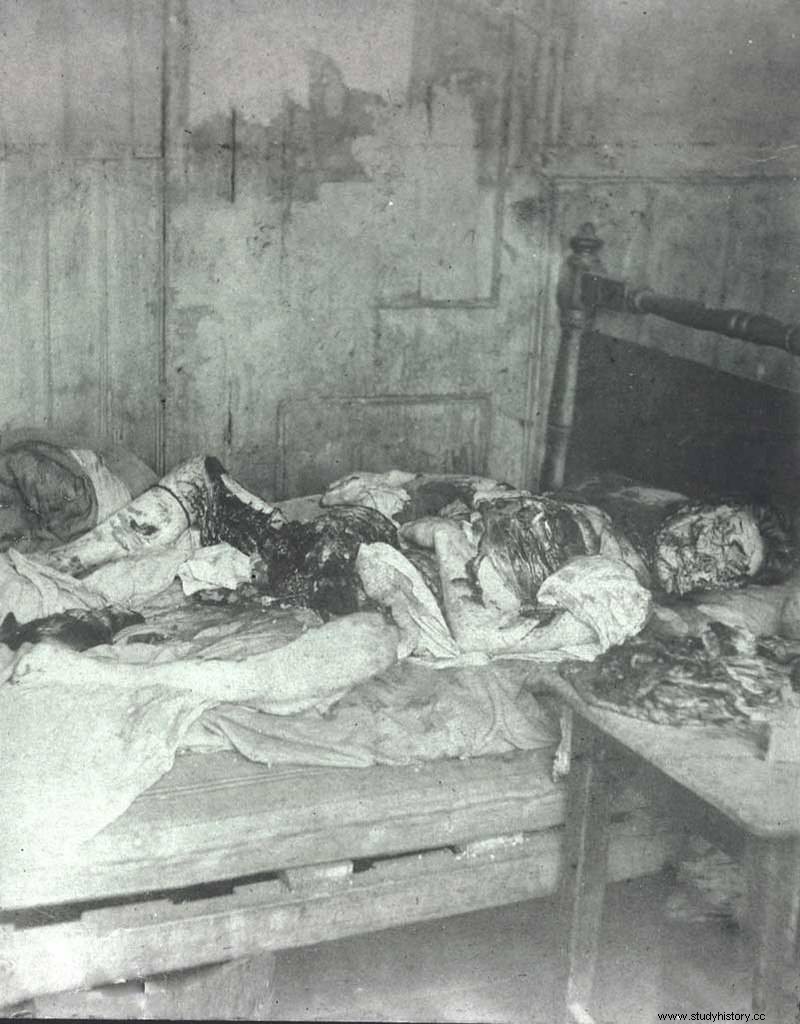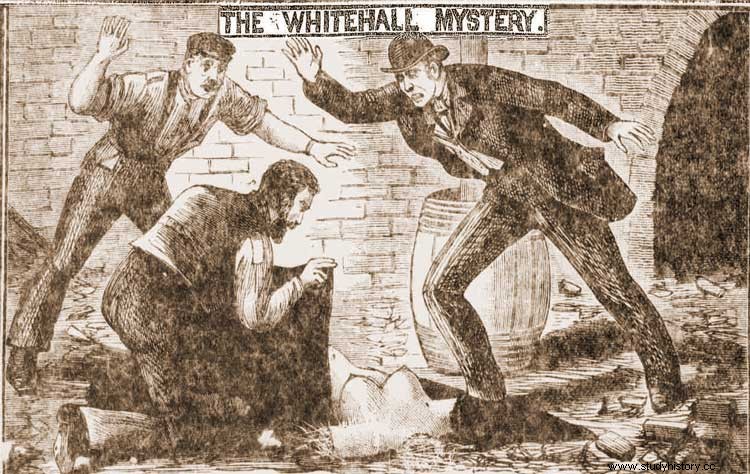The investigator wipes the bloody mark of his hand from the glass ... so as not to frighten the family. The biggest police bigwigs hide frauds. Criminal lists are brought into the hands of the police ... nine months after they were compiled! Not surprisingly, the working methods of 19th century Scotland Yard elicited a smile of pity.
- Poison - Holmes replied in one word and started to leave. "And something else, Lestrade," he added, turning at the door. - Rache is "revenge" in German, so don't waste your time looking for some Rachel .
This excerpt from Arthur Conan Doyle's short story "A Study in Scarlet" perfectly illustrates the attitude of the brilliant detective Sherlock Holmes towards Inspector Scotland Yard Lestrade. In this and other stories, and even more so in numerous film adaptations of Holmes' adventures, Lestrade is the epitome of awkwardness and incompetence .
When a slightly more complicated matter arises, the inspector will reliably report to the apartment at 221B Baker Street and ask for Holmes's help. On the other hand, he himself becomes the object of mockery and malice expressed all too often by the detective.
Why is Conan Doyle so reluctant to the otherwise noble inspector of Scotland Yard? Perhaps it had its roots in real events. The British police - today considered one of the best in the world - were just crawling in the 19th century and had many compromising mishaps.
Bloody print on the glass
On June 29, 1860, in Trowbridge, Somersetshire, the body of his youngest son was found in the villa of Samuel Kent's factory inspector. The baby was lying in the garden lavatory with his throat slit.
Kent lived in a villa with his second wife, three children from his first and three from his second marriage. The murdered boy was the favorite of his father and mother. The local police, led by restricted Superintendent Fowley, proved to be completely incompetent.

View of Throwbridge Town Hall. It was in this quiet little town that the terrible infanticide that no one could have expected took place.
Fowley had no idea how to investigate . Not only that:he committed several completely incomprehensible actions. When he found a bloody nightgown in the washing kettle, he didn't secure it, but let someone take it. On the other hand, the bloody handprint left on the glass ... erased so that "the family would not be scared." He had a nanny arrested for this, although she had no motive to kill anyone.
A crime to do out of spite
On July 15, Inspector Jonathan Whicher was summoned to Trowbridge from London. He had no forensic background, but he had common sense and the ability to observe. Fowley took him hostile (no one likes it when the headquarters pokes his nose in his affairs ...) and did not report a bloody shirt and a bloody handprint.
Whicher began his own investigation, however, and after four days was sure that only one person could be the perpetrator of the murder:Kent's sixteen-year-old daughter from his first marriage, Konstancja. The girl was always dissatisfied, she hated her stepmother and felt that she was humiliated and mistreated. Whicher claimed she killed her brother to get revenge on her parents. The inspector's guess was confirmed by the fact that one of Konstanz's three nightgowns had disappeared.
When Whicher demanded the arrest of the girl, based on these conclusions, a scandal broke out. Public opinion was outraged that a soulless policeman was demanding that an innocent girl be put behind bars. How spoiled the man who made this accusation must be! - asked rhetorically.

Samuel Kent and Konstancja Kent - his daughter and his brother's murderer (source:public domain).
Thunder, accusations and calumnies rained down on Whicher. Under such social pressure, his superiors dismissed him immediately and the matter remained unresolved. Four years later, in 1864, Konstancja Kent confessed to the murder of her half brother. She testified that she killed him to spite his parents ...
Five cut throats
Another known disgrace of Scotland Yard to this day is a case that began on August 7, 1888. On that day, in the dingy streets of London's subordinate Whitechapel district, the massacred body of a 35-year-old prostitute, Martha Turner, was found . Her neck was cut deep with a knife.
Then more similar murders followed, just as bloody and just as brutal. Annie Chapman was found on September 8, Elizabeth Stride and Catherine Eddowes on September 30, and Mary Jane Kelly on November 9. They were all prostitutes, all had their throats slashed with a sharp instrument (perhaps a scalpel), sometimes very deep. Some also had their bellies slashed and their entrails pulled out, and their genitals had been cut out.
A pale fear fell on London. Public opinion, the press and politicians demanded the immediate appreciation of the perpetrator. Scotland Yard bent over backwards to find out who the killer was. A large investigative team was formed, streets were patrolled, residents were interrogated (over 2,000 people in total), suspects (80 people) were arrested, and various analyzes were made.

Finding one of Jack the Ripper's victims (source:public domain).
All in vain. The killer named Jack the Ripper could not be captured. His identity remains unknown to this day. In the latest book by Krystyna Kaplan, entitled "London in the days of Sherlock Holmes", the author quotes Inspector Dew, who in 1888 came to the site of the murder of one of Jack the Ripper's victims:
No savage could be more barbaric. No wild animal could do something so terrifying […]. There was very little left of her, no more than a skeleton. Her face was disfigured and mutilated. All this was terrifying, but what stuck in my head were the eyes of this woman. They were wide open and they seemed to be staring at me with an expression of horror.
Corpse at police headquarters
The case of a corpse found on October 2, 1888 on the construction of the new Scotland Yard headquarters in Westminster was also a show of ineptitude. In a recently completed cellar a package was found in which was ... a woman's torso without head and limbs . His analysis showed that the perpetrator knew about anatomy and surgery, because he amputated professionally.
It has been estimated that six weeks to two months have passed since the woman died. Apart from the left leg, buried on the construction site and found by a journalist, no other limbs of the murdered woman could be found. The police also failed to establish the perpetrator of the murder and the identity of the woman. This is still the case today. There were many more high-profile criminal cases from the late 19th century that could not be solved by the English police.
57 hours of searching
Now let's look at the methods Scotland Yard was using at the time. Perhaps in them lies the mystery of the low effectiveness of investigators, so mocked by Sherlock Holmes. In the 1970s, the English police began to draw up lists of professional criminals and lists of prisoners released after their imprisonment. Except that these lists were made by officials in the Ministry of the Interior, and they were delivered to the police after some ... nine months, which made them largely useless.
Not only that, the descriptions of the criminals were superficial and did not give the investigators much. They rarely included such an important element as the delinquent's special marks. Another modern aid was to be albums with photos of criminals.

On October 2, 1888, a dismembered body was discovered at the construction site of the new Scotland Yard headquarters in Westminster. Could the British police have had a major slip-up? (source:public domain).
Well, they were taken when in the 1880s they had 115,000 photos and could hardly find anything in them . Officers of the Prisoner Surveillance Department searched them for hours on end to find a specific prisoner in the file.
One day in 1893, twenty-one policemen began browsing albums to establish the identities of twenty-seven prisoners. Although they spent a whopping fifty-seven hours searching, they only managed to identify ... seven.
I didn't fall so low
But technical trouble is not enough. In 1879, the Scotland Yard scandal broke out in London. Well, it turned out that the four oldest and most respected employees of this institution - John Meiklejohn, Nathaniel Druscovitch, William Palmer and George Clarke - dealing with horse racing supervision were bribed by fraudsters and protected their machinations . The case got loud. Police officers were convicted and Scotland Yard itself was reorganized.
All of this contributed to the terrible reputation of Scotland Yard in the late 19th century. How bad she was, let this story bear witness. Once upon a time, the head of the SY investigation department, Superintendent Adolphus Williamson, met a man similar to one of his former subordinates. Then he asked: Don't I know you? Have you not been with us? In response he heard: No, so low, thank God, I haven't fallen …
***
At the turn of the 19th and 20th centuries, London was the capital of the largest and richest empire in the history of the world. He has become an arena for material, intellectual and moral progress. There are photography and "moving pictures", "horseless carriages" and a subway powered by steam that "smells like the breath of a crocodile". However, the city also has its dark side. Jack the Ripper is roaming the gloomy district of Whitechapel. A certain Dr. Crippen vaguely tells about the sudden disappearance of his wife. When the police make the gruesome discovery, he'll be on a ship to Canada. His fate will be decided by a new invention - a telegraph.
Interested in Victorian London? Reach for the latest book by Krystyna Kaplan, entitled "London in the days of Sherlock Holmes" (Polish Scientific Publishers PWN).
